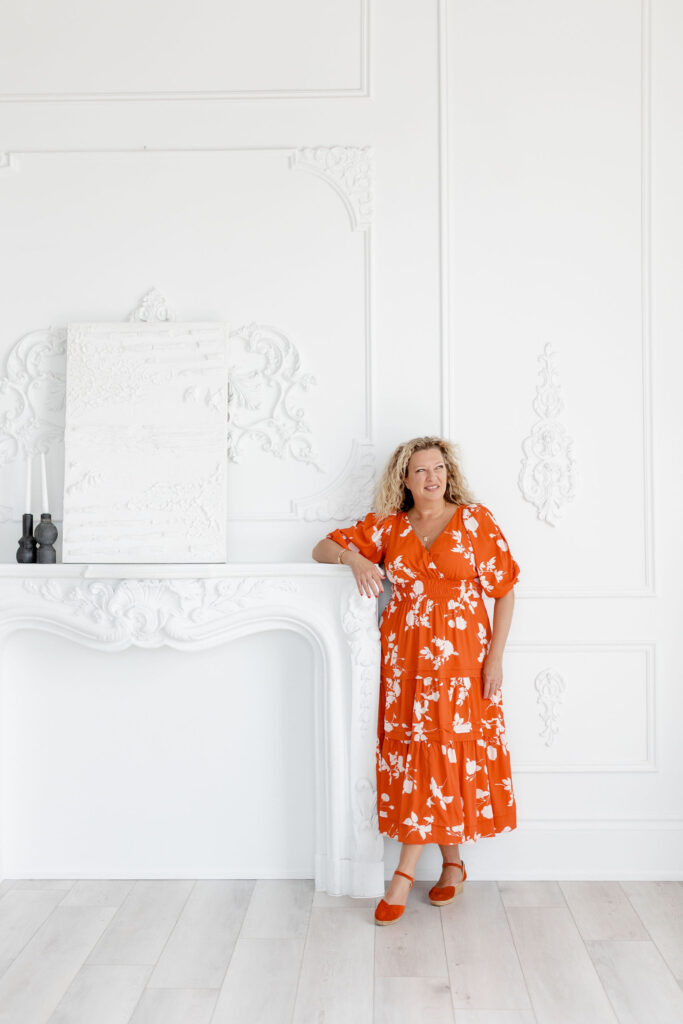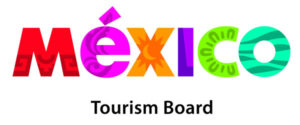By Tracey Manailescu, WPIC Co-founder
As wedding planners, one of our most important and delicate responsibilities is helping couples align their wedding dreams with the realities of their budget. Money conversations can feel awkward, but they’re essential to building trust, avoiding disappointment, and creating a celebration that’s both beautiful and feasible. The key? Approach these discussions with empathy, clarity, and a commitment to education over judgment.
Here’s how to guide your clients through understanding what’s realistic within their budget:
Start the Conversation Early
From the very first consultation, ask open-ended questions about priorities and budget expectations. Don’t shy away from the topic; normalizing it sets the tone for honest communication. For example:
“Can you share what you’ve set aside for your wedding? Are there elements you’d like to splurge or save on?”
Break It Down Clearly
Once you know their overall budget, provide a suggested breakdown of where that money typically goes; Venue, catering, attire, photography, entertainment, decor, and so on based on local averages.
Share Real-World Examples
Couples often come with Pinterest boards full of luxurious floral installations and multi-course plated dinners without realizing the costs. Share examples of past weddings you’ve planned within similar budgets, with photos and approximate pricing, so they can see what’s achievable.
Set Expectations with Empathy
Instead of saying, “You can’t afford that,” reframe it positively:
“That look typically starts around $15,000, but we could create a similar feel with fewer florals or by reusing ceremony arrangements at the reception.”
“A band can be incredible, but with your budget, a DJ might give you a fantastic party atmosphere at a more accessible price point.”
Prioritize What Matters Most
Guide them through listing their top three priorities, whether that’s food, entertainment, or photography, and recommend allocating more budget there. Reassure them it’s okay to compromise on areas they don’t care about as much.
Be Transparent About Hidden Costs
Educate couples on line items they might not anticipate, like service fees, taxes, gratuities, rentals, or transportation. Surprises later can damage trust, so it’s best to address these upfront.
Provide Scalable Options
Offer multiple proposals with different levels of investment: basic, mid-range, and premium. This empowers clients to see where upgrading or scaling back impacts their overall vision.
Maintain a Solutions-Oriented Mindset
When clients feel discouraged, remind them there’s always a path forward. Focus on creative alternatives that capture the essence of their plans. Perhaps switching to seasonal blooms or opting for a smaller guest list.
Communicate Regularly
Budget conversations aren’t one-and-done. Check in throughout the planning process, especially after big decisions, to ensure spending is on track and there are no surprises.
Celebrate Their Wins
When you help them stay on budget or find clever ways to maximize their resources, share in their excitement! This reinforces that you’re on their team.
Talking about money doesn’t have to feel tense or uncomfortable. When you approach it with warmth, transparency, and a genuine desire to educate, you’ll build trust with your clients and help them feel confident every step of the way.

Tracey Manailescu is the Co-Founder of The Wedding Planners Institute of Canada (WPIC Inc.) and an internationally recognized wedding industry expert. With over two decades of experience planning weddings and events worldwide, Tracey is known for her passionate advocacy for professionalism, cultural inclusivity, and raising industry standards. She has been featured in countless media outlets, spoken at major conferences across the globe, and continues to mentor and inspire wedding planners to excel in their craft.








Leave a Reply